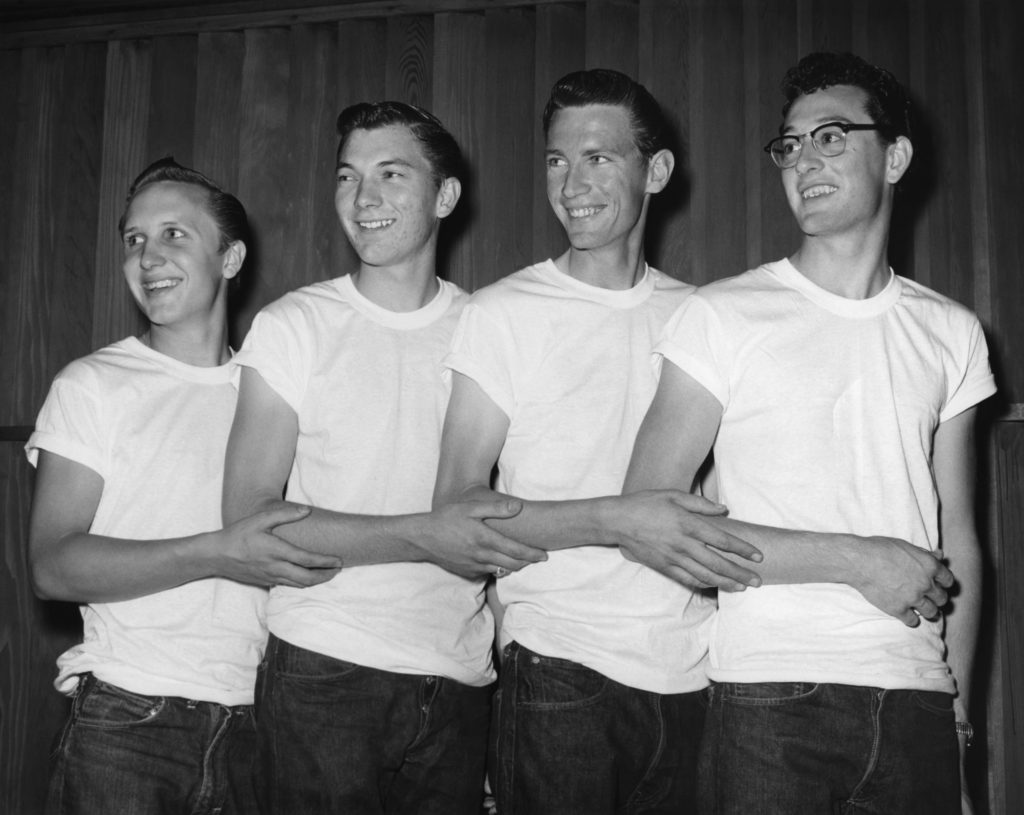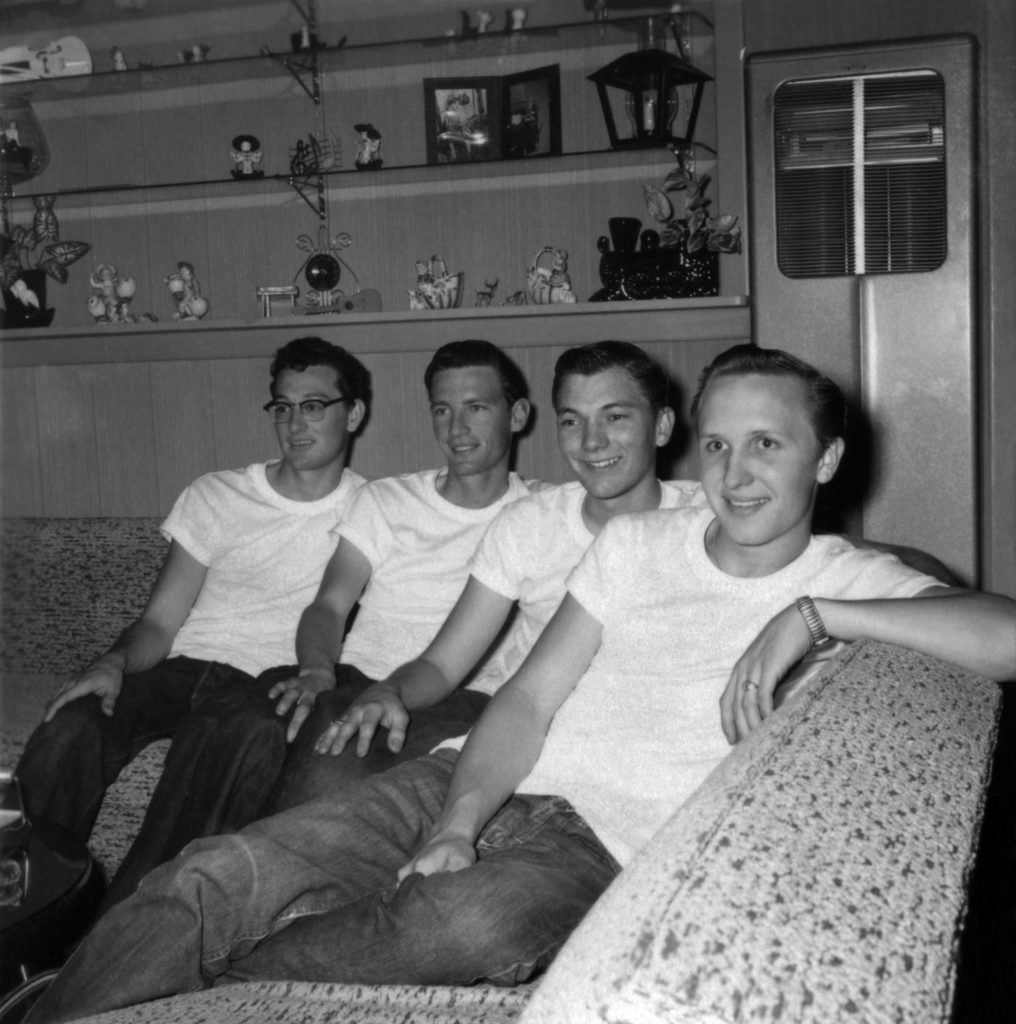My Films /
browse a selection of my work




Classic Albums The Chirping Crickets
Crowned by four of Buddy Holly and The Crickets’ best-loved and biggest-selling singles – “That’ll Be The Day”, “Not Fade Away”, “Maybe Baby” and “Oh, Boy!” – the album was one of only two he recorded in his tragically brief career.
When lanky and bespectacled 20 year-old Texan singer Buddy Holly walked into the independent studio of producer Norman Petty in February 1957, he thought he’d come to make some demos to save his already failing music career as a two-flop wonder. By the time he left the next morning he’d recorded not only his first million-selling smash – the immortal “That’ll Be The Day” – but the beginnings of one of the first, and greatest, rock’n’roll albums of all time – The “Chirping” Crickets.
Among the first half dozen debuts by rock’n’roll’s original founders (preceded only by those of Elvis Presley, Gene Vincent, Little Richard and Chuck Berry), more significantly it was the first rock album credited to a band rather than a solo artist, as well as a landmark in the history of independent recording methods. It was the album that inspired John Lennon to form his first band with Paul McCartney, The Quarrymen, and one of the first LPs bought by 15 year-old Dartford schoolboy Keith Richards: famously, both The Beatles and The Rolling Stones would later cover songs from The “Chirping” Crickets.
Holly dead aged 22, just one year and ten weeks after its release. Yet it survives as the purest testament to his skill and diversity as a singer, a pioneering guitar player and not least as a songwriter in an age when few of his peers composed their own material. As such, The “Chirping” Crickets stands as one of the most influential and important long-playing pieces of vinyl in the evolution of popular music. Without it, the last six decades of rock’n’roll would look, and sound, dramatically different.
The “Chirping” Crickets finally landed in November 1957, its cover presenting a unified front of the four members side by side with no special emphasis on Holly. Yet all too soon their leader’s fame would eclipse what had always been a clever, legally convenient illusion of democracy. Within a year of its release, after just one more Crickets single, “Think It Over”, Sullivan left and Holly, though still recording with Allison and Mauldin, was a starting to be seen as a solo artist.
The Crickets nevertheless left behind not just aclassic group debut but rock’s first group debut: the twelve-track, twelve-inch vinyl blueprint of the archetypal vocals-guitars-bass-and-drum formula that’s kept the genre alive for 60 years since its release, and counting.
DIRECTOR